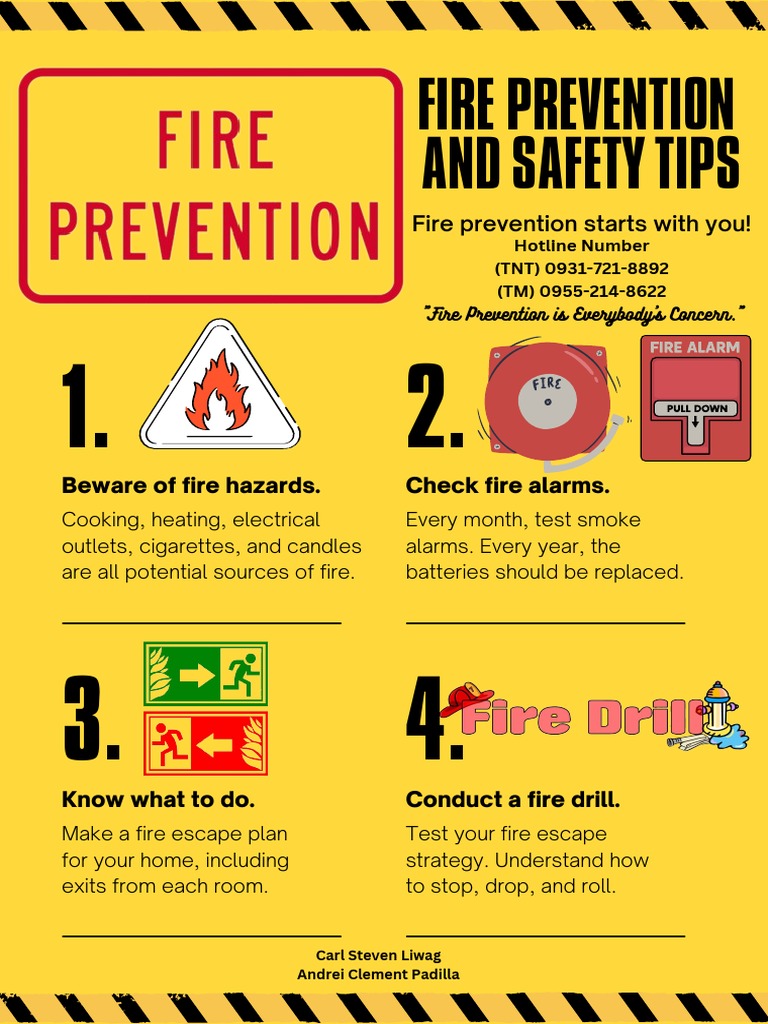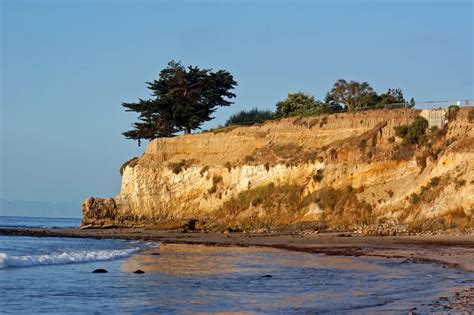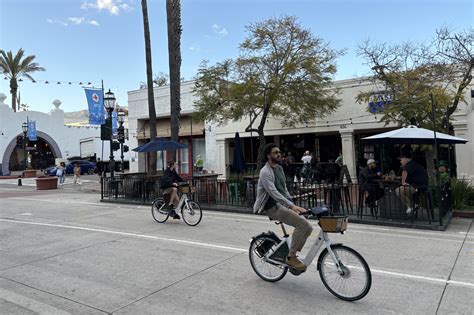Santa Barbara, a picturesque coastal city in California, is known for its beautiful beaches, wine country, and stunning landscape. However, it is also prone to devastating wildfires, which have become an unfortunate reality for the region. The recent memory of the Thomas Fire in 2017 and the more recent Alisal Fire in 2021 serves as a stark reminder of the ever-present threat of wildfires in the area.
The Santa Barbara fires are often caused by a combination of factors, including strong winds, hot temperatures, and dry vegetation. The region’s unique topography, with mountains and valleys, can create wind tunnels that rapidly spread fires. Moreover, the area’s Mediterranean climate, characterized by hot, dry summers and mild, wet winters, contributes to the proliferation of dry vegetation, which can easily ignite and spread.
One of the primary causes of Santa Barbara fires is human activity. Accidental ignition from human sources, such as unattended campfires, discarded cigarettes, and equipment malfunctions, can quickly spread and get out of control. Additionally, the increasing presence of invasive plant species, such as eucalyptus and broom, can fuel fires and make them more difficult to contain.
Another significant factor contributing to the Santa Barbara fires is climate change. Rising temperatures, changing precipitation patterns, and increased frequency of extreme weather events have created a perfect storm for wildfires. The region’s drought-prone conditions, exacerbated by climate change, have led to an accumulation of dry vegetation, which can ignite and spread rapidly.
To mitigate the risk of wildfires, it is essential to take proactive measures. Here are some prevention tips:
Creating defensible spaces around homes and buildings is crucial in preventing the spread of wildfires. This can be achieved by clearing flammable vegetation, debris, and other combustible materials within a 30-foot radius of structures.
- Maintain a safe distance from flammable materials: Keep a safe distance from flammable materials, such as dead leaves, branches, and other combustible materials.
- Use fire-resistant materials: Use fire-resistant materials for roofing, siding, and decking to reduce the risk of ignition.
- Keep equipment in good working condition: Regularly inspect and maintain equipment, such as lawn mowers and chain saws, to prevent malfunction and accidental ignition.
- Be cautious with fire: Exercise extreme caution when using fire, such as when camping or barbecuing. Ensure that all fires are fully extinguished before leaving them unattended.
In addition to these prevention tips, it is essential to stay informed and prepared in the event of a wildfire. This includes:
- Staying up-to-date with weather forecasts and fire danger ratings: Stay informed about weather conditions and fire danger ratings to anticipate and prepare for potential wildfires.
- Having a evacuation plan in place: Develop a evacuation plan and practice it with all household members to ensure a safe and timely exit in the event of a wildfire.
- Keeping emergency supplies on hand: Stock up on emergency supplies, such as food, water, and first aid kits, in case of an evacuation.
While wildfires are a natural part of the ecosystem, human activity and climate change have exacerbated the problem. By taking proactive measures and staying informed, we can reduce the risk of wildfires and protect the beautiful landscape of Santa Barbara.
In the context of wildfires, it is also essential to consider the role of technology in prevention and mitigation. Advances in technology, such as drones and satellite imaging, can help detect and track wildfires, enabling rapid response and containment. Furthermore, technologies like fire-resistant materials and smart home systems can help prevent ignition and reduce the spread of fires.
Steps to Create a Fire-Resistant Landscape
- Assess your landscape: Evaluate your landscape for fire-prone areas and identify potential ignition sources.
- Remove dead and diseased vegetation: Clear dead and diseased vegetation, which can fuel fires and make them more difficult to contain.
- Use fire-resistant plants: Plant fire-resistant species, such as succulents and groundcovers, which can help reduce the risk of ignition and spread.
- Maintain your landscape: Regularly inspect and maintain your landscape, ensuring that all vegetation is healthy and well-watered.
The Santa Barbara fires serve as a stark reminder of the importance of wildfire prevention and mitigation. By taking proactive measures, staying informed, and leveraging technology, we can reduce the risk of wildfires and protect the beautiful landscape of Santa Barbara.
What are the primary causes of Santa Barbara fires?
+The primary causes of Santa Barbara fires include human activity, such as accidental ignition from unattended campfires, discarded cigarettes, and equipment malfunctions, as well as natural factors like strong winds, hot temperatures, and dry vegetation.
How can I create a defensible space around my home?
+Creating a defensible space around your home involves clearing flammable vegetation, debris, and other combustible materials within a 30-foot radius of your home. This can help reduce the risk of ignition and spread of wildfires.
What are some fire-resistant materials that I can use for my roof and siding?
+Fire-resistant materials for roofing and siding include asphalt shingles, metal roofing, stucco, and brick. These materials can help reduce the risk of ignition and spread of wildfires.
Taking proactive measures to prevent and mitigate wildfires is crucial in protecting the beauty and charm of Santa Barbara. By staying informed, leveraging technology, and working together, we can reduce the risk of wildfires and preserve the natural beauty of this stunning region.



